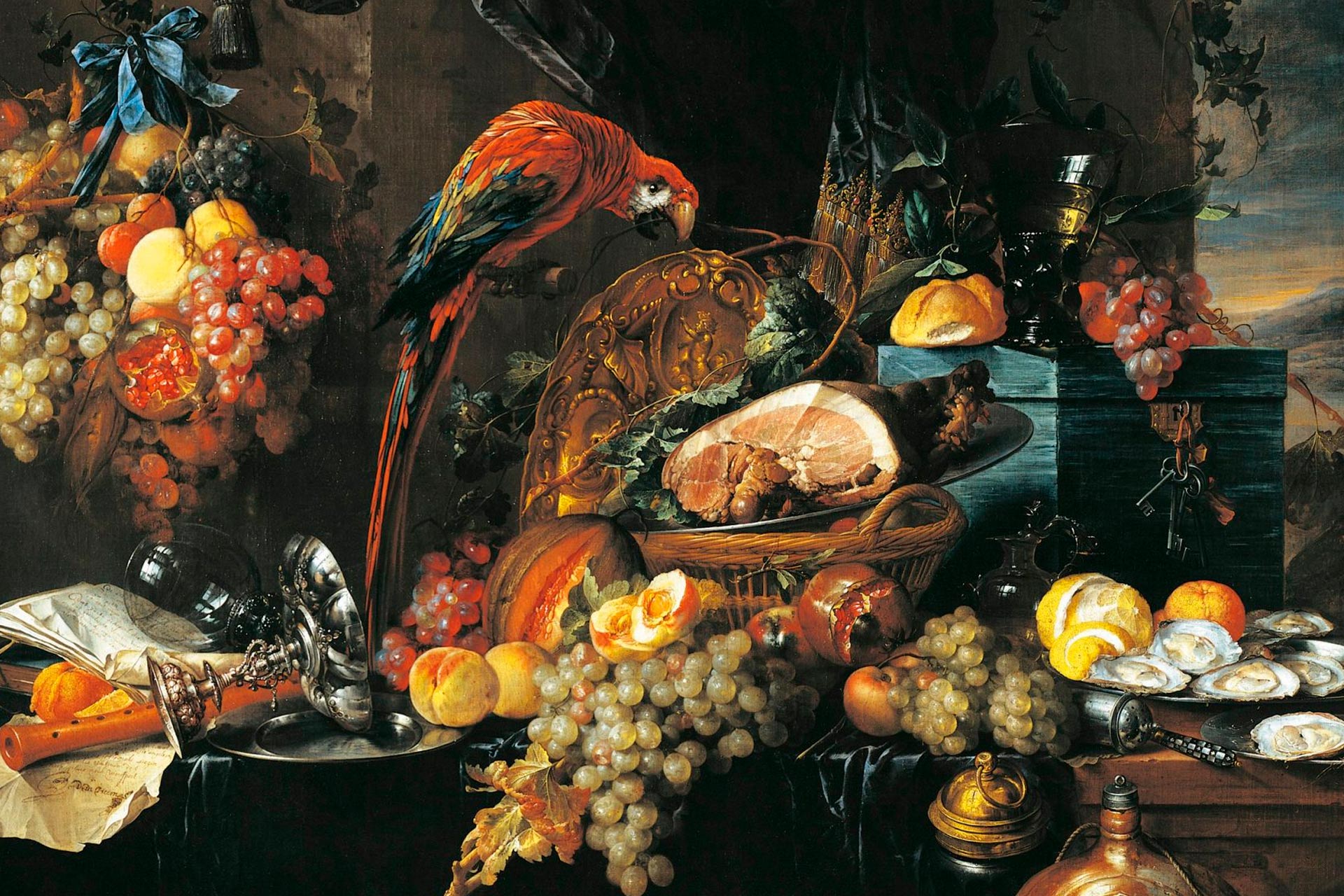Two exquisite recipes from the kitchen of the Italian Renaissance.

 The Italian Renaissance brought a new aesthetic approach to cookery, featuring great complexity of presentation. In this article, we’re going to uncover some of the era’s extremes in books by Renaissance food writers. We’ll study menus and recipes from the staggeringly elaborate banquets of the court of Ferrara.
The Italian Renaissance brought a new aesthetic approach to cookery, featuring great complexity of presentation. In this article, we’re going to uncover some of the era’s extremes in books by Renaissance food writers. We’ll study menus and recipes from the staggeringly elaborate banquets of the court of Ferrara.
To Make Ten Plates of Maccheroni – Recipe by Christoforo di Messisbugo (1549)
In the Renaissance, macaroni was a generic name for all kinds of pasta—either what we would today call gnocchi, tubular pasta, or even noodles. This version is more of a dumpling but was still labor-intensive enough to be considered elegant and worthy of noble tables. Of course, it does not yet contain potatoes, though those were known to botanists in this century. Bread crumbs serve the same purpose. Notice also the intriguing flavorings, which are delicious. Feel free to cut down the recipe in any way you like. Messisbugo gives us measurements, so that is possible, but do note that a pound at this time was 12 ounces rather than 16.
Take five pounds of white flour and two of grated white bread, mix well with the flour, and then take boiling water and three eggs to make the dough, which should be neither too tough nor too light. Let it cool a little. Then cut into pieces about the size of a chestnut, roll your macaroni across the holes of a grater, and put them into boiling water to cook. When they’re cooked, add a little salt, then take two and a half pounds of grated hard cheese with an ounce and a half of ground pepper mixed in, then toss so the cheese is above and below, along with a pound and a half of butter on top, then cover with another plate, placing it in a hot place until you’re ready to bring it to the table, and sprinkle if you like with a little sugar and cinnamon on top and it will be better.
Christoforo di Messisbugo: Puff-Pastry Pizzas
 The following recipe from Messisbugo’s cookbook is particularly interesting not only because of the bizarre method of making a puff pastry but also because it is called “pizza.” It bears practically no relation to what we now know by that name. The puffs, incidentally, were one of the more common tidbits placed on the credenza before guests arrived and were, thus, eaten as a starter. Presumably, his audience knows exactly what these were supposed to look like because he merely instructs: “make your puff pizzas.” This is also where butter appears and plays a major role in the cuisine.
The following recipe from Messisbugo’s cookbook is particularly interesting not only because of the bizarre method of making a puff pastry but also because it is called “pizza.” It bears practically no relation to what we now know by that name. The puffs, incidentally, were one of the more common tidbits placed on the credenza before guests arrived and were, thus, eaten as a starter. Presumably, his audience knows exactly what these were supposed to look like because he merely instructs: “make your puff pizzas.” This is also where butter appears and plays a major role in the cuisine.
To make 10 puff-pastry pizzas (notice there’s a total of six-and-a-half pounds of butter):
 Pull the soft interior out of four white pieces of bread and soak it in tepid water. Take three pounds of the finest wheat flour, ten egg yolks, and a pound of fresh butter, three ounces of rose water, and seven ounces of sugar. Mix everything with the bread, making a dough.
Pull the soft interior out of four white pieces of bread and soak it in tepid water. Take three pounds of the finest wheat flour, ten egg yolks, and a pound of fresh butter, three ounces of rose water, and seven ounces of sugar. Mix everything with the bread, making a dough.
Roll it out into a sheet as you would a lasagna dough, and make it as light as you can. Then, take a pound and a half of fresh butter, heated, and pour it over the sheet. Let it cool. Then, roll a spiral pastry cutter the length of the sheet and cut it into 10 pieces. Next, make your puff pizzas. Have a pan ready with four pounds of fresh butter, and fry your puff pizzas in it. When they are fried, sprinkle a half-pound of sugar over them.


